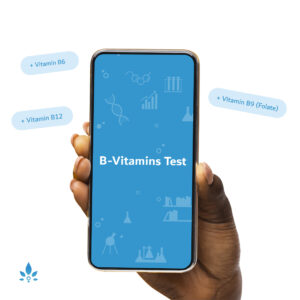Osteomyelitis: Bone Infections in Children


Children are notorious for getting bumps, cuts, and bruises. In rare cases, a serious infection of the underlying bone, known as osteomyelitis, can develop.
There are two primary ways a bone can become infected:
Direct infection. When a child has trauma to the bone, there is a risk of developing osteomyelitis. The most common injury to cause osteomyelitis in this manner is an open fracture, when the skin opens up due to a break in the bone, allowing bacteria to enter.
Blood to a bone infection. More commonly, a child gets a small cut in the skin, allowing bacteria to enter the bloodstream. The bacteria then travels to the bone, leading to osteomyelitis.
Children with osteomyelitis will often complain of pain in the affected bone. There may be redness and swelling over the affected area. They may also have a fever and chills. Infants may not be able to describe the area of pain, so a bone infection may be more difficult to diagnose in young children.
If your child’s pediatrician suspects osteomyelitis, he or she may admit your child to the hospital then order several tests to confirm the diagnosis. Your child will likely undergo plain x-rays to make sure there is no fracture, followed by an MRI scan if osteomyelitis is suspected. The doctor will likely also order blood tests to look for elevated white blood cells, indicating an infection, as well as other tests that look for inflammation.
Once osteomyelitis is diagnosed, your child may need surgery to debride, or clean out the infected bone. Sometimes, this can provide clues as to what type of bacteria is causing the infection (often a Staph bacteria), helping your doctor choose the most appropriate antibiotic.
Likely your child will need several days, if not weeks, of IV antibiotics. Recent studies suggest that children with osteomyelitis may not require as many weeks of IV antibiotics as previously thought, allowing children to be switched to oral medicine more quickly. Regardless, your child will require several weeks of treatment to clear the infection.
Sources:
- Harik NS, Smeltzer MS
- Management of acute hematogenous osteomyelitis in children
- Expert Rev Anti Infect Ther
- 2010 Feb;8(2):175-81
- doi: 10.1586/eri.09.130
- Review.
Hospital Pediatrics - Route and Length of Therapy of Acute Uncomplicated Hematogenous Osteomyelitis: Do We Have the Answers Yet?
Pediatrics in Review - Osteomyelitis.
Powered by Bundoo®











































